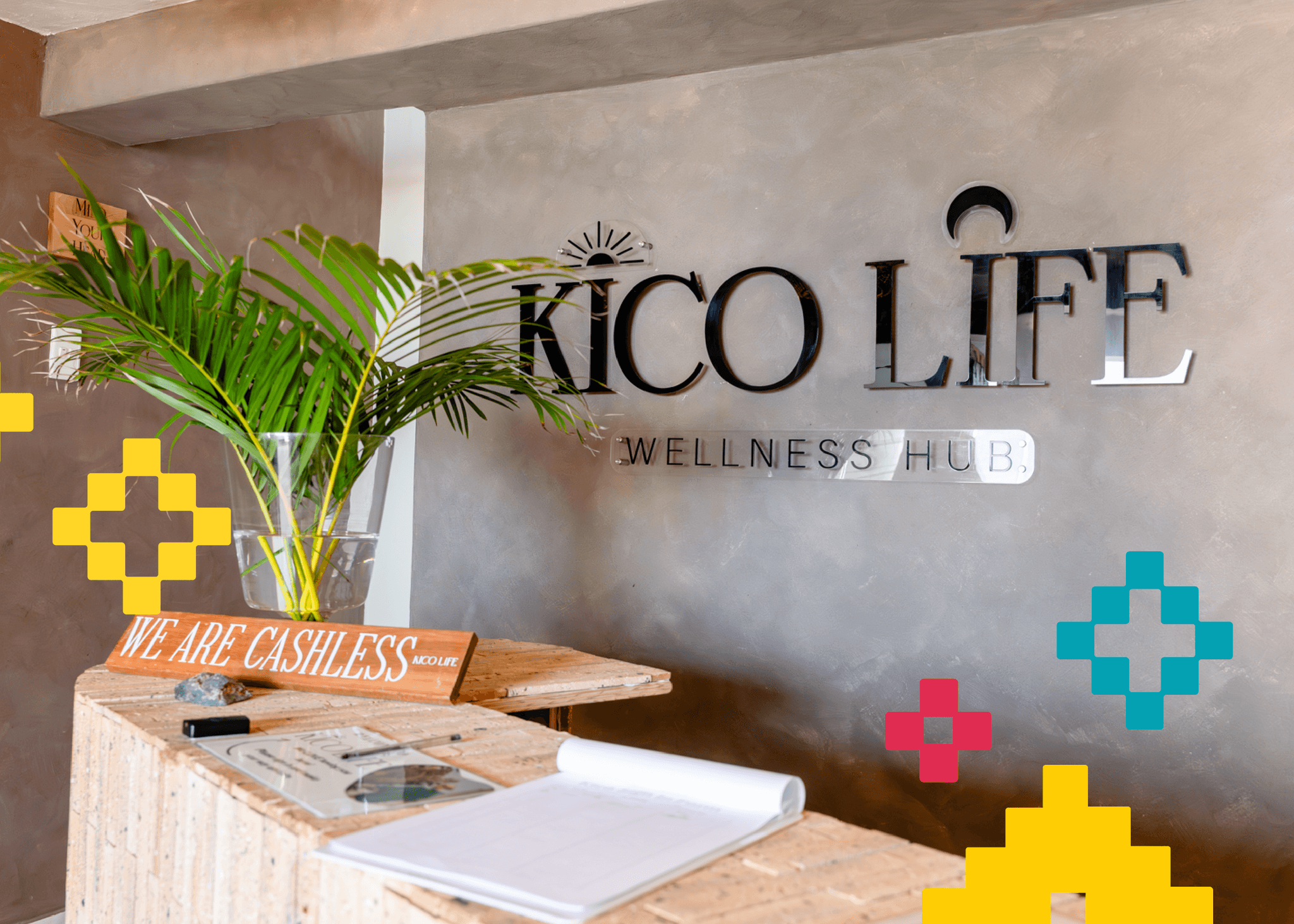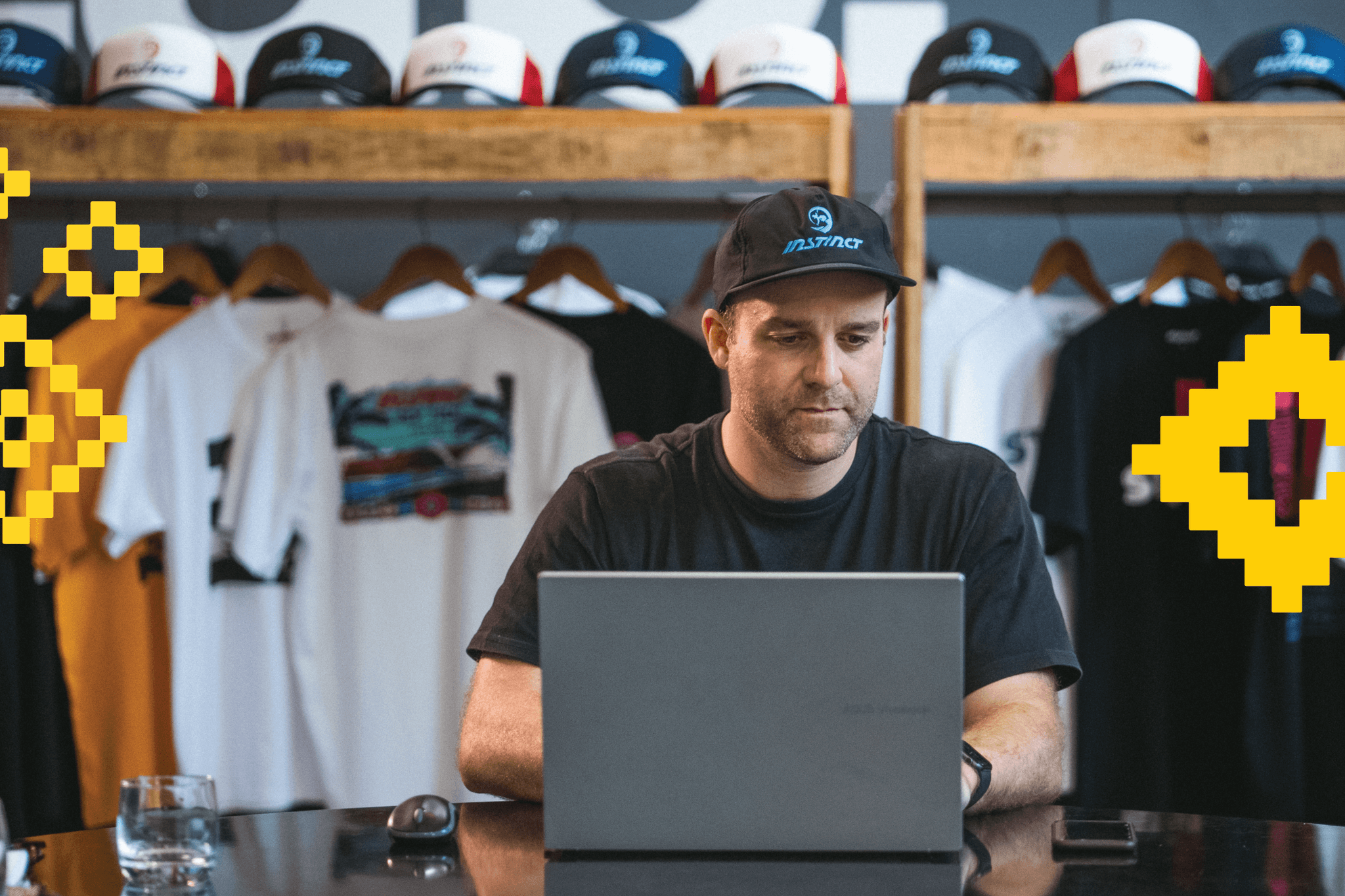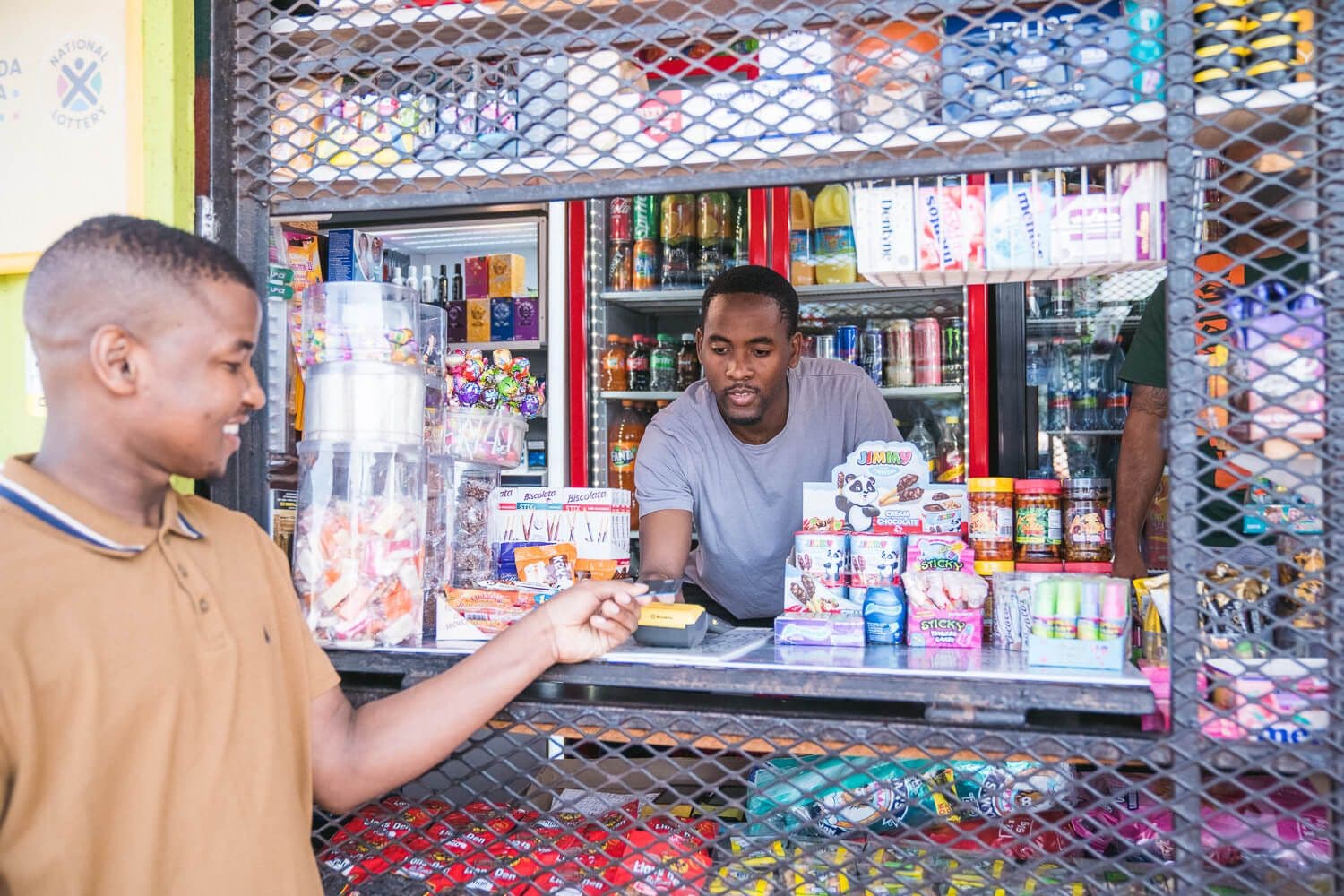
Seal the Deal: Mastering Your Ecommerce Checkout Experience
Simple, efficient, and centred around the customer - that's the checkout experience to strive for to ensure the success of your ecommerce business.
Table of Contents
- Introduction
- Converting Leads to Sales
- Too Many Abandoned Checkout Carts? Here's Why!
- Customer Expectations
- How to Improve Your Ecommerce Site's Checkout Experience
- Choose the Right Ecommerce Platform
- Ensure a Mobile-Friendly Checkout
- Have Guest and Social Media Sign-In Options
- Cater for Multiple Payment Methods
- Be Clear, Accurate, and Transparent
- Don't Forget About Shipping
- Lock It Down — Security
- Customer Support
- Upgrade Your Technology
- Personalise Your Checkout Experience
- Checking Out
One of the most significant pain points in ecommerce is the number of abandoned shopping carts before checkout. Consumers enter a website intending to make a purchase. Still, somewhere along the way, buying becomes more burdensome than the joy of obtaining the item.
Your customer checkout experience must be simple and effortless for any online business. Otherwise, willing clients will be fleeing from your website faster than a child running outside for their first playdate in the snow.
There is much to consider when it comes to optimising your website's checkout experience, including payment options, security, and mobile friendliness, to name a few. The aim is to improve these to ensure repeat customers, generate great consumer feedback, and, ultimately, cement the longevity of your business.
This is your complete guide to understanding the importance of a seamless checkout experience and how you can optimise yours so that you never miss a sale again! Let's get cracking.
Still waiting to take the plunge? Here are 12 Booming Online Business Ideas for South African Entrepreneurs.
Converting Leads to Sales
Let's not beat around the bush - you started this business to make money. There is no doubt that your business is serving a particular pain point in your industry, but there's no use in providing a quality product or service if it's easier to talk about it than to actually buy it.
You want your business' turnover to keep ticking over, which can't happen when customers pull up short moments before the finish line.
So, it would be best if you made their race worthwhile, and their shopping experience should be more of a sprint than a marathon. But what are the real reasons potential paying customers fade before the checked flag? Let's dive deeper.
Too Many Abandoned Checkout Carts? Here's Why!
It can be extremely frustrating knowing that people want what you have and that there is a gap in the market, but that market research needs to be reflected in your sales. About 70% of online shopping carts are abandoned worldwide, a harrowing statistic for those wishing to forge a living in ecommerce.
Now, checkout abandonment has a little more weight to it. Unlike shopping cart abandonment which happens before checkout, checkout abandonment happens after checkout has been initiated. And many carts are abandoned at checkout due to a tedious checkout experience.
Customer Expectations
The biggest problem in the checkout experience is the service provider not meeting consumers' needs. Moreover, the explosion of the internet and what is now available to people have made users expect much more from their online escapades:
- A customer may want to pay a certain way, but that option is unavailable.
- If there is no guest user option, clients have to (unwillingly) create an account to complete the purchase.
- Shipping information that is problematic and unclear is a major point of concern.
- Customers may have major concerns about security that aren't being addressed by the merchant.
- If the checkout process is too slow, consumers will likely walk away from making a purchase.
- Some websites may crash during checkout — that customer probably won't visit that site again.
The list goes on. So, you need to deliver on those customer expectations at every corner and turn the race to check out from a marathon to a sprint to a relay of repeat business.
So you've seen why people are leaving their shopping carts like cold-footed brides leaving their grooms at the altar, but how does an improved checkout experience help you to avoid this?
Well, for starters, it caters to your customer expectations. And, of course, happy customers are more likely to be repeat customers and are more inclined to share their great experiences with others.
A seamless checkout also increases your visitor-buyer conversion rate as sales are being made and money is hitting your bank account. So you can start thinking of other ways to improve your business instead of constantly worrying about the bottom line.
How to Improve Your Ecommerce Site's Checkout Experience
Choose the Right Ecommerce Platform
Any dreams, plans, and ideas for optimising your checkout process and experience are null and void if the platform you are using cannot handle the workload.
An ecommerce platform is a piece of online software used to fulfil a merchant's every need. It allows you to implement the tasks and processes that turn your standard website into an online store.
Not all platforms are the same, and they each prioritise different functions, so it's vital that you choose one that aligns with your company's business model and intended growth plan.
Read more about How to Choose the Right Ecommerce Platform for Your Business.
Ensure a Mobile-Friendly Checkout
For many of us in 2023, most of our screen time comes from our phones. We spend countless hours scrolling, texting and going on social media. And yes, you guessed it, most online shopping also happens on our little pocket computers.
Having a mobile-friendly website is non-negotiable, and a checkout experience uniquely designed for mobile is equally important. Meet your customers on their level, and they'll be coming back for more, again and again.
Have Guest and Social Media Sign-In Options
Many online stores require you to log into their portal first before completing a purchase, mainly for security reasons. But clients may not want to log into your system just yet. Maybe right now, all they want is to make a quick buy.
To make it easier for on-the-go customers, try including a guest sign-in option for completing purchases. This will give you the basic security information you need while placing less restrictions on the buyer.
You can also have an option for social media log-ins, where users can log in with their social media profiles or certain accounts like Google or Apple. This one-touch log-in option quickly builds trust with customers, laying the foundations for long and prosperous relationships.
Cater for Multiple Payment Methods
Have you ever seen something you really want to buy at a shop but don't have any cash on you, so you can't get it? That is the dilemma many online shoppers face when payment options are too few or too restrictive.
When it comes to offering payment options, too many are never enough. Your customers are from diverse backgrounds, and ways of life, and their spending habits reflect that. You need to ensure that their preferred choices are available in your online store and that anyone can buy from you no matter how they wish to pay. At the end of the day, money is money, no matter how it's received.
Did you know that iKhokha has a payment gateway? iK Pay Gateway offers a safe, easy, and affordable way to accept online card payments on your Wix and WordPress WooCommerce-enabled websites.
Be Clear, Accurate, and Transparent
A confusing online store is like siblings watching TV without any parents — there's so much going on and very little supervision that by the end, it's probably best to open a book instead.
As much as people don't like being told what to do, we appreciate it when we are subtly guided. Your ecommerce site needs to be easy to understand and simple to use, and checkout needs to be quick and efficient. Pay attention to your design layout — it should be simple enough that the willing shopper is not distracted from purchasing.
You also need to ensure that any information on your site is accurate, especially regarding pricing. What people see on your website and their invoices in online search results should all be the same.
You are not trying to trick or confuse your customers, so make their experience of your store straightforward and honest.
Don't Forget About Shipping
The nature of ecommerce means that shipping plays a vital role in your customer's overall experience. Your shipping and delivery prices should be clearly visible, and their numbers should always be true. Having precise delivery dates and a client tracking system is a huge bonus.
It's also wise to include shipping in your products or service costs. Just make sure that you have a breakdown of these costs readily available to the customer.
Lock It Down — Security
If you think people are worried about the future of AI, watch how tense they get when entering their card details online, and you'll see that AI is merely background noise.
Security is a primary global concern, not just for ecommerce but for the entire online space. Scams and fraudulent activities have advanced with the technology itself, meaning you must always be cautious when spending money online.
Become PCI compliant to ensure your customers always have peace of mind when shopping at your store. Your ecommerce platform will play a big hand in the security features you can offer, so be sure to consider this when choosing your platform.
Read more to understand Why SMEs in South Africa Need Cyber Security.
Customer Support
As we begin to wind down our list of how to optimise your checkout experience, we encourage you to remember one of the most crucial business fundamentals: the customer is always right!
All the hard work you did when drawing up your business plan and identifying your target audience must also be evident in the service you provide them. Customers should always know where to go when encountering a snag, and your team should be ready and available to resolve their conflicts.
Here are some nifty customer support options for you:
- Have a live chat option where customers can chat with your support staff in real-time.
- Set up a knowledge base and FAQs to answer common questions about your business.
- Try implementing a call centre for clients who prefer to do things old-school.
- Send "abandoned cart" reminders when carts have been left inactive. But don't spam your customers; one reminder will suffice.
- Send post-payment order confirmations, and have open channels of communication during deliveries.
- Offer discounts and promos to both new and pre-existing clients.
Upgrade Your Technology
The type of technology that we have access to these days is astounding! The recent improvement and adoption of AI have opened many doors that were once closed and some that we never even knew about.
Your ecommerce store should be fast, efficient, and in tune with current technological advancements because your clients are undoubtedly up-to-date. So, explore new tools and software to see where they can benefit both you and your customers.
Looking for plug-ins and ecommerce tools? Check out The Best WordPress Plugins and Tools for Your Ecommerce Website!
Personalise Your Checkout Experience
This piece of advice may fly under the radar a little, but it is no less important than everything we've mentioned thus far. People buy the brand, not the product, so ensure your brand is at the forefront of your entire site, including checkout.
Personalise as many details as possible to make your online store unmistakably, well, you! A visible (and strong) brand identity helps to build trust and, ultimately, increase sales.
Checking Out
Checking out of your ecommerce store should be the easiest thing your customer has had to do online that day. Eliminating all points of concern in your checkout experience will boost your sales and leave you with many satisfied customers. Loyal customers and higher conversion rates await when buying from your online store is as simple as a single click of the mouse.
Check this out and explore the ins and outs of E-Business in South Africa: Getting on Board with the Digital Marketplace.





















